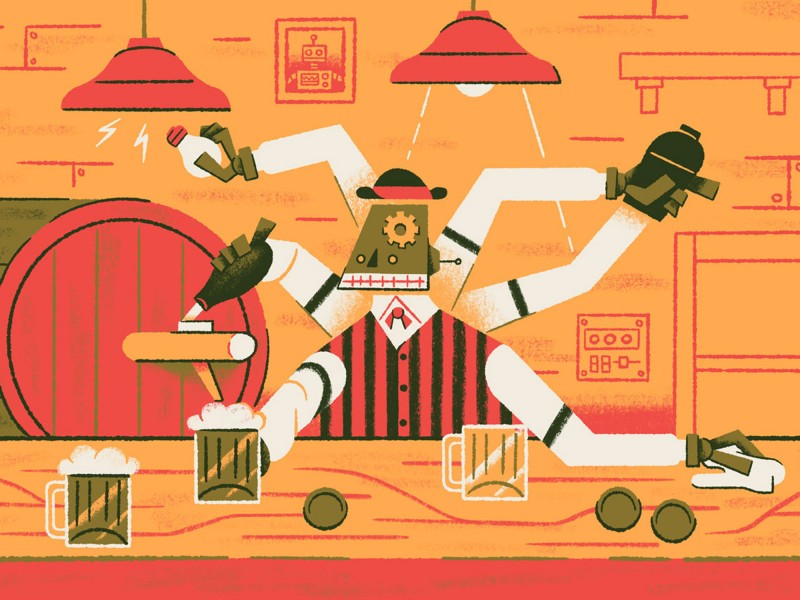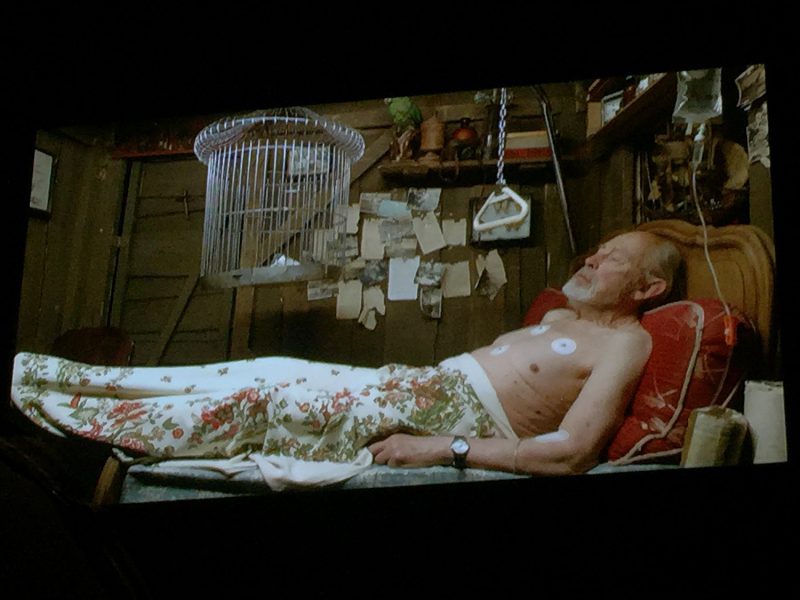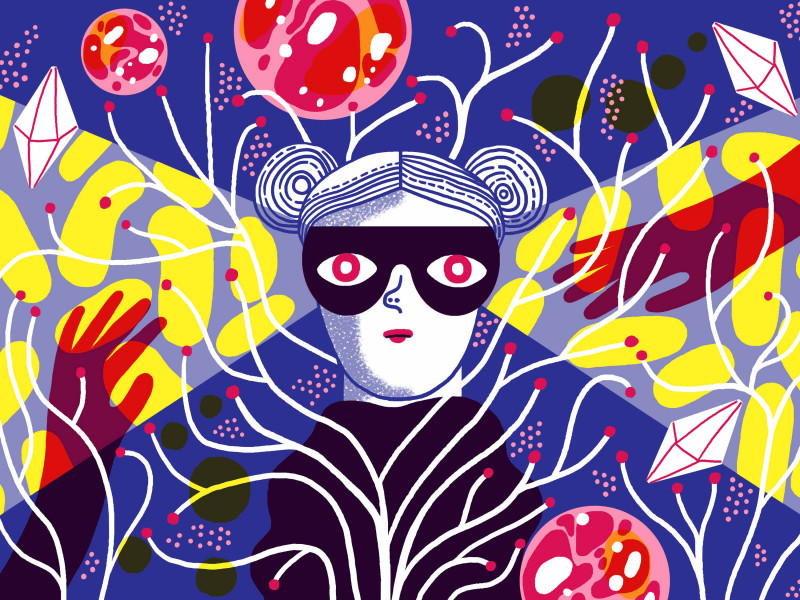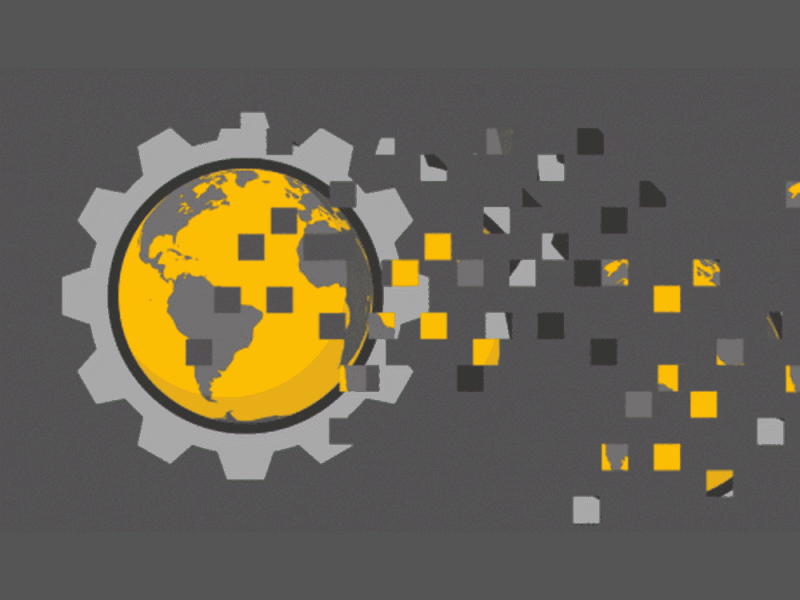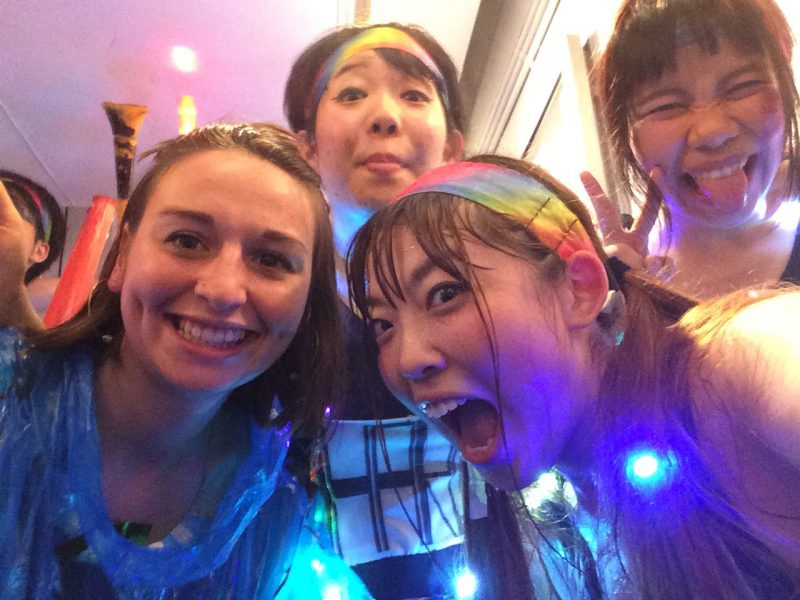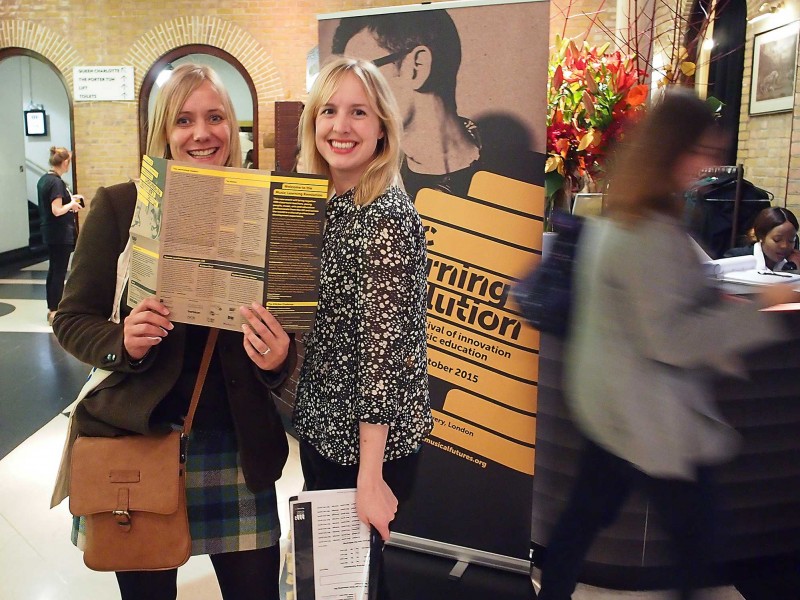For our September Cog Night out we visited the Digital Revolution event at The Barbican, an exhibition led by artists, designers, game developers and musicians who are all pushing the boundaries of their fields using digital media. The exhibition also takes a look at the past, present and future of digital culture.
Digital Revolution at Barbican
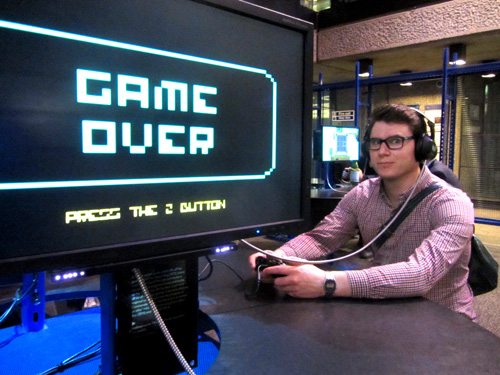
This was only my second Cog Night out as an official team member and it was something that I had suggested we do, so the pressure was on for it to be a good one. My suggestion of the Digital Revolution event at the Barbican was somewhat self-indulgent. I grew up around the time that computers and video games became a household norm and I have very fond memories of losing countless hours to sitting under lamps, desperately trying to find enough light to see what was happening on my 2.6 inch Gameboy screen. (It wasn’t backlit and I refused to stop playing because the sun had gone down). This was definitely the kind of exhibition I could really enjoy and I was suitably excited.
Outside we were met with a series of robotic tube like arms that supposedly interact with you. I had to play with them, how could you not really? Rather sadly, despite how hard Ross and I tried to figure out just what exactly they did or how you make them do it, they just seemed to flail randomly. Big disappointment but I remained hopeful.
Some were awful, some were great but most importantly I was able to put my high score on one of them.
Staff members with big smiles welcomed us and showed us into the exhibition and into section one of three. The first section was essentially a timeline of the computer. Every major development was well represented and some you could even play with. The video games that I have such fond memories of featured very early on this timeline, which made me feel pretty old. They looked so archaic compared to the items that appeared later on, which was a little discomforting but demonstrated how far technology has come even in just my lifetime alone. This section was great. I waited a little while so I could have a go on a few different computers and a few different games, which was really fun. It was a great introduction to the idea of the evolving nature of technology.
We continued on through section one. The next area was full of modern day digital technology that had been used as an art form, and there was an awful lot of it. It was also crammed into quite a small area that was very noisy. There was a lot happening all at once so it was quite hard to take in. There were some great instillations, such as the making of the films “How To Train Your Dragon” and “Gravity”. Both of which I could have spent my entire evening watching, If only I could have heard it over the crowds gathering at the instillations nearby. It seemed odd to put these things in what essentially felt like a corridor. It all felt a bit messy, which was a shame because some pieces were great and I don’t feel were given the space and appreciation they deserved.
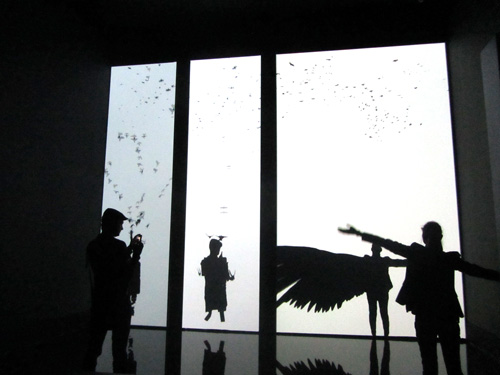
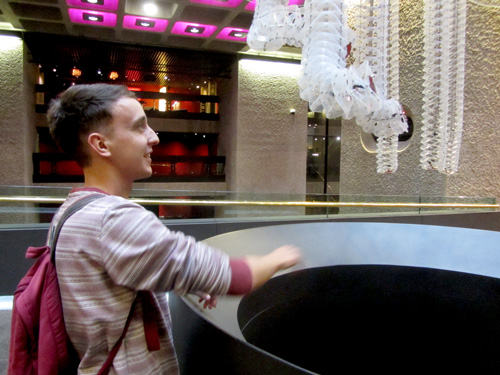
Continuing through section one, you were presented with an abundance of interactive instillations that after you managed to struggle past reading the small and poorly lit descriptions seemed like great ideas, but after a while it all felt a bit gimmicky. There was a piano that tunes into a radio station across the globe when you press a key. Which I spent some time playing with it but I still don’t really understand why it came to exist. A camera that records you and places smoke over your eyes, a projector that creates a silhouette of you and replaces your arms with bird wings, a microphone you whisper a wish into to create butterflies. They’re all great examples of experimental technology but all seemed a little pointless. Unlike the behind the scenes look at Gravity, which I still wish I’d been able to hear.
Leaving section one, signs led us on a tour across the foyers (which all seemed to be closed because there was a conference going on in the building). We were ushered into a caged room, which was section two. The room was full of indie games, in development. Some were awful, some were great but most importantly I was able to put my high score on one of them.

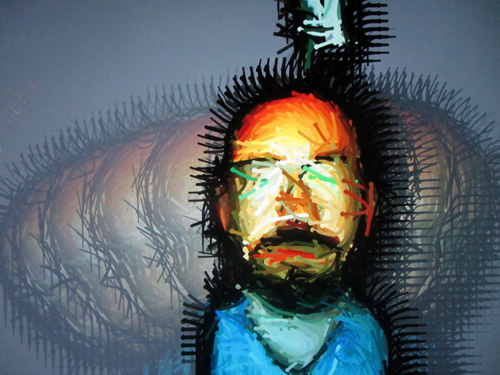
I’ll admit that one of the main reasons I wanted to attend the Digital Revolution event was the promise of lasers in section three. No one can resist lasers. I dare you to try. The exhibition ended in what felt like a smoky music-less disco. We were guided down a corridor and given instructions on how to play with the lasers and we entered a dark room that was full of people. It was a little busier than Id hoped and you had to wait your turn to find a laser to play with. A few minutes later I’d found one. This was one of my best experiences at the Digital Revolution. Being able to control and manipulate light with my hands was an amazing experience. I was able to push the light across the room. Then with a hand gesture that the instructions had suggested, I was able to split the light and create multiple beams. Incredible. I have no idea how it worked which just made it all the more impressive. What I also found interesting about this room was that with more people than lasers it became quite a social experience and a few times I found myself engaged in laser tennis with people. Batting the lights back and forth to each other, which was great fun.
I’d definitely recommend Digital Revolution. If not only to challenge you to beat the high score I set on one of the games. I’d also recommend you go on a quiet afternoon.



